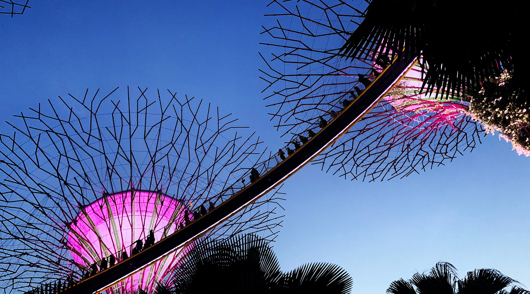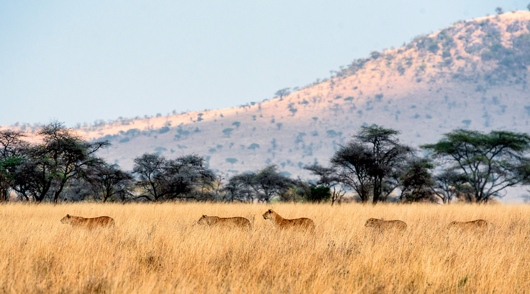Time for tea
A meditator, a tradition, a national treasure, a legacy: a cup of tea goes far beyond simple enjoyment.

We find comfort in drinking a cuppa, but it’s easy to miss the history, art and complexity that underlies such a simple pleasure. Storytelling and gaining a deeper understanding of how tea has travelled through the centuries, across the globe and making its way into our lives and traditions, can add layers of meaning to our pleasure – it becomes not just a drink but an experience.
We have the Chinese to thank for the idea of drinking the soothing beverage. Legend has it that Emperor Shen Nong discovered the energising and refreshing effects of tea in 2737BC, when some leaves fell into his cup of hot water. In the beginning, it was regarded as a therapeutic infusion brimming with antioxidants; although initially available to royalty and the rich, it quickly became a daily custom for those living prosperous lives. From the 10th Century onwards, China started to first export its tea to neighbouring countries, but it made its way to Britain much later.
Already becoming commonplace in Europe, Thomas Garraway was one of the first merchants to start serving tea at his London coffee house in 1657, but it became more established when Catherine of Braganza - the wife of King Charles II - brought over flavoured leaves from Portugal. This instantly started a 'tea trend' among the 17th Century British aristocracy.
When the birthplace of tea could no longer keep up with the growing demand, Britain's East India Tea Company took advantage of the situation and began the first real commercial production of the beverage in India. The first English tea garden was established in Assam in 1837, with numerous tea plantations soon rolled out across the country - rapidly expanding the industry and facilitating the colonisation of much of this part of the world. Today, India produces and consumes more tea than any other nation in the world.
Here we take you on a journey to discover five destinations that have played a significant part in this history and their intriguing tea rituals, ceremonies and experiences...








